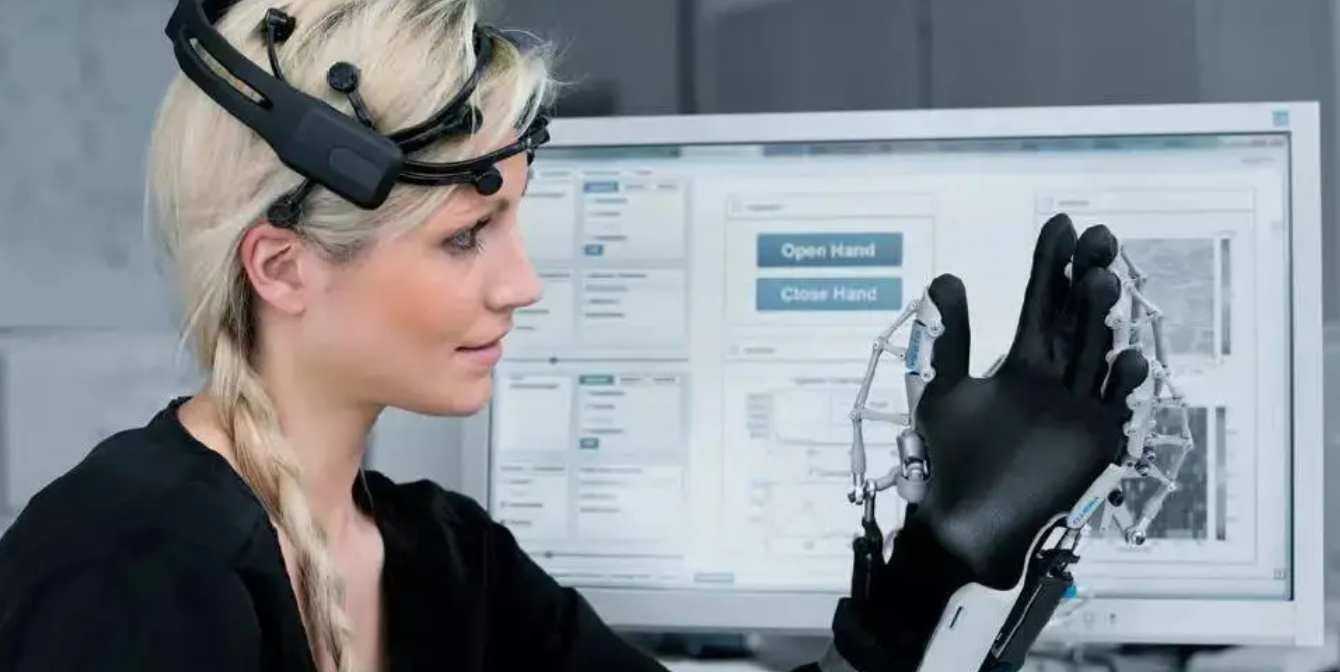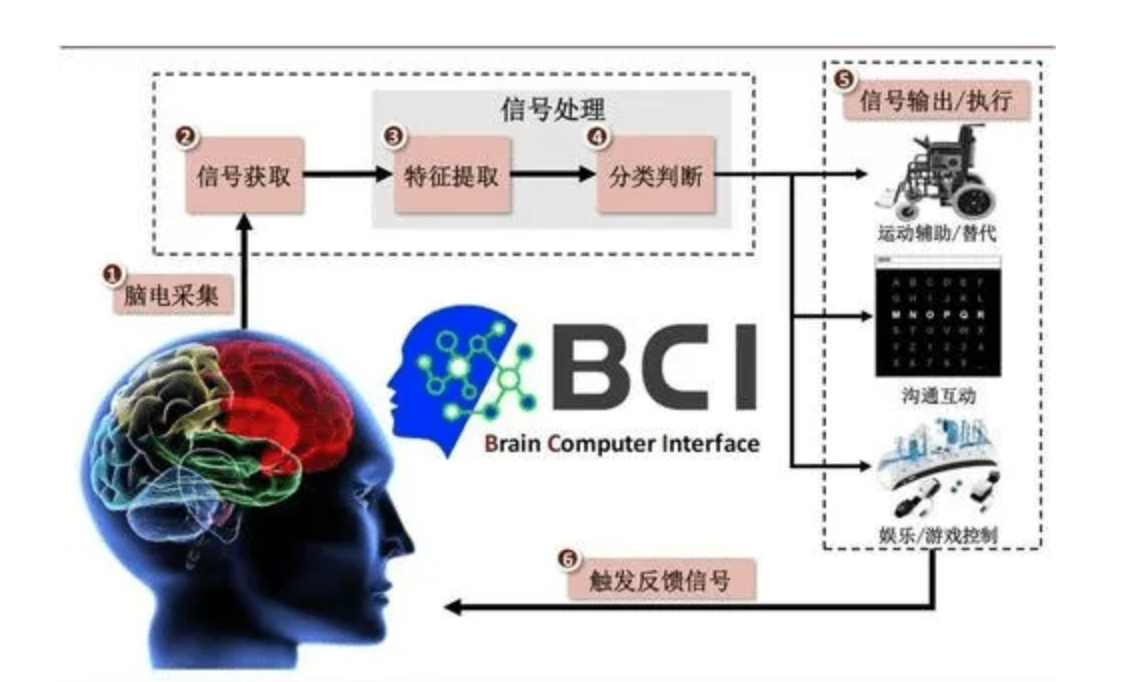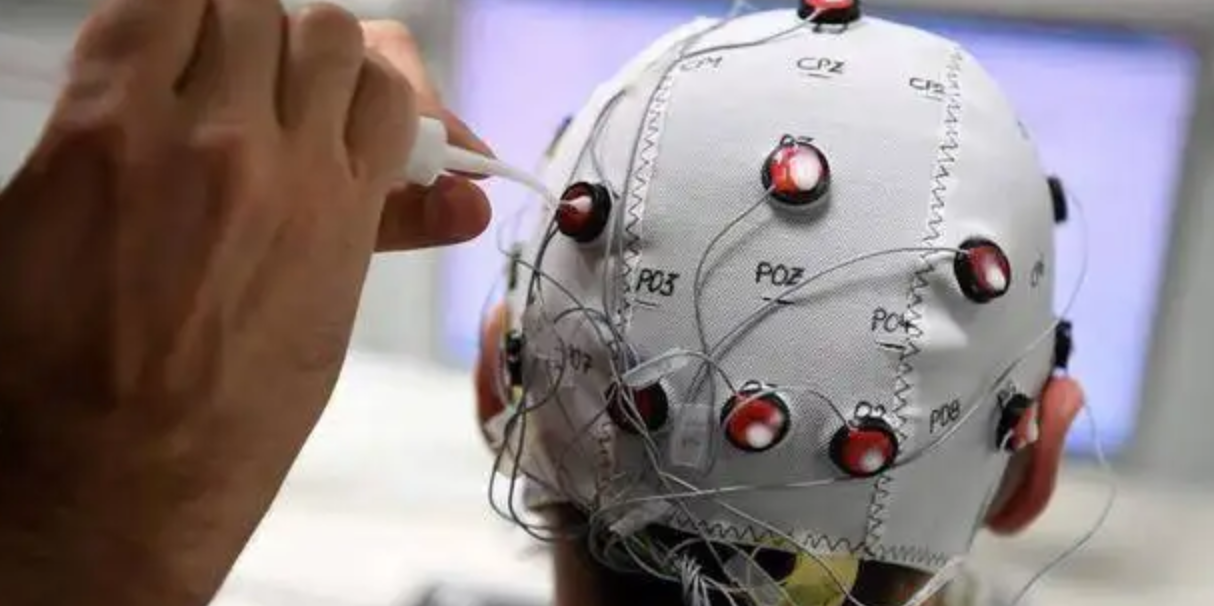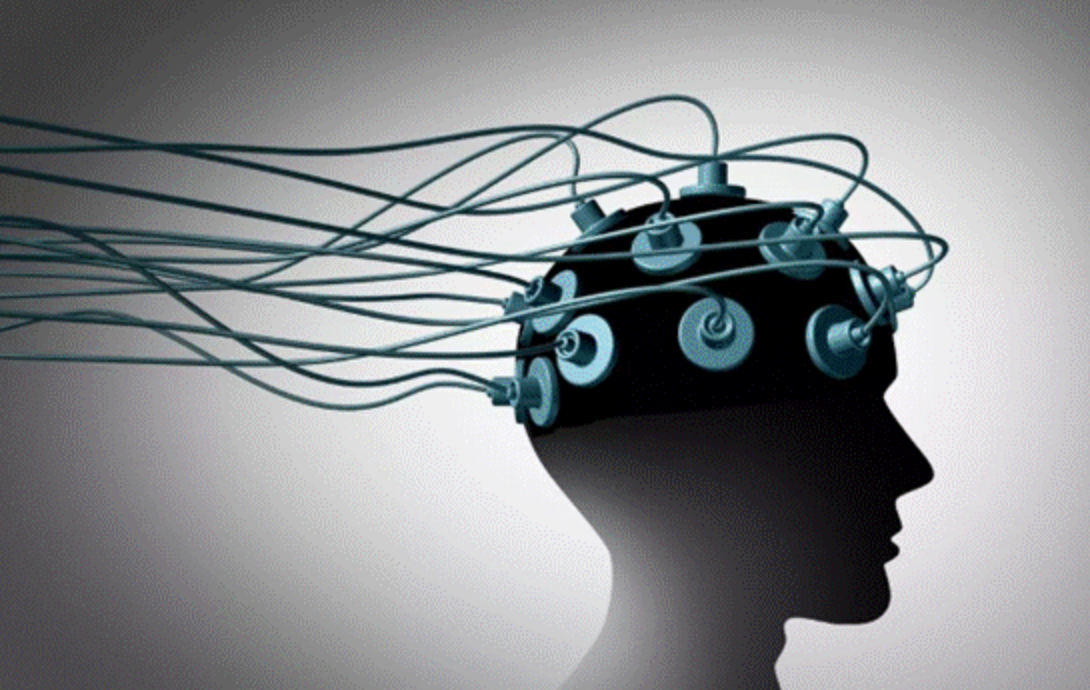
In recent years, countries around the world have gradually attached importance to brain science research, successively launched their own brain science-related scientific and technological plans, and invested heavily in brain science research worldwide.
The overall financing situation in the field of brain-computer interface is mainly in the low growth stage before 2020; in 2021, under the policy dividend, the total amount will increase by 211% month-on-month, and the overall financing scale will exceed one billion US dollars; 2022 Q1 medical + brain-computer interface The total amount of financing in the field increased by 18.5% year-on-year. It is expected that in 2022, the market's enthusiasm for the medical + brain-computer interface field will remain unabated.
|What is a brain-computer interface?
Brain-computer interface, these four words are no longer a new term, because in the past few years, I have heard it from various channels many times, and it seems that human-computer integration will soon become a reality. So can the human brain really be connected to the machine? What exactly is a brain-computer interface?

Brain Computer Interface (BCI) refers to the direct connection created between the human or animal brain and external devices to realize the exchange of information between the brain and the device. The brain-computer interface establishes a new communication and control channel between the brain and the external environment that does not depend on peripheral nerves and muscles, so as to realize the direct interaction between the brain and external devices. This technology can establish communication between the human (or other animal) brain and the external environment to achieve the purpose of controlling equipment, and then play the role of monitoring, replacement, improvement/recovery, enhancement, and supplementation.
Brain-computer interface is an important direction of brain science and brain-like intelligence research. With the advancement of technologies such as neuroscience, biocompatible materials, sensors, big data and artificial intelligence, as well as the addition of new research forces represented by innovative technology investment companies such as Neuralink, brain-computer interface technology has entered a stage of rapid development. Many breakthroughs have been made in key technical areas such as signal acquisition and processing, decoding algorithms and system implementation.
The efficacy of brain-computer interface technology can be attributed to the following five categories: monitoring (using the brain-computer interface system to monitor the state of consciousness of part of the human body), substitution (the output of the brain-computer interface system can replace the natural output lost due to injury or disease), improvement/ Recovery (mainly for the rehabilitation field, improving the symptoms of a disease or restoring a certain function), enhancement (mainly for healthy people, to achieve functional improvement and expansion), supplement (mainly for the control field, increase brain control methods, As a complement to the traditional single control method, multi-modal control is realized).
Focusing on the above five major functions, the application directions of brain-computer interface technology mainly include medical health, entertainment, smart home, and military.

|Application scenarios of brain-computer interface technology in the medical and health field
Since the brain-computer interface technology can directly realize the interaction between the brain and external devices, and cross the conventional brain information output pathway, it has broad application prospects in the medical and health field.
1. Limb movement disorder
At present, the total number of disabled people in China is about 85.02 million (data at the end of 2010), of which 24.72 million are physically disabled, accounting for about 29%, and they are the group with the largest number of 6 types of disabilities. Therefore, the treatment and rehabilitation of physical disabilities is particularly important. important. There are many diseases that cause limb movement disorders, such as cerebral hemorrhage, traumatic brain injury, and stroke, etc., which can lead to obstacles in the control of limbs corresponding to the affected side of the brain.
Motor dysfunction caused by diseases such as stroke is one of the most common dysfunctions. At present, conventional treatment techniques, including conventional manual therapy, electronic biofeedback, etc., focus on the peripheral treatment of patients, while the current direct treatment of patients' brains. There are few treatment methods for intervention, and the treatment cycle is longer and the treatment effect is weaker for patients with severe injury. On the other hand, amyotrophic lateral sclerosis (ALS), which is caused by damage to motor neurons, can also lead to muscle wasting and weakness in patients leading to severe movement disorders.
2. Diagnosis and treatment of consciousness and cognitive impairment
In terms of disturbance of consciousness, nearly 100,000 patients in my country fall into a coma due to traumatic brain injury, stroke, ischemic hypoxic encephalopathy and other diseases every year, and then enter a long-term state of disturbance of consciousness, that is, a "vegetative" state in the traditional sense. Treatment places enormous pressure on both the family and society. With the improvement of clinical treatment capabilities, the mortality rate of critically ill neurological patients has decreased significantly, but the number of patients with impaired consciousness has continued to increase.
It is conservatively estimated that there are 500,000 to 1,000,000 such patients in my country. At present, there is a lack of comprehensive and standardized treatment methods. Accelerating and improving the functional recovery of patients with impaired consciousness as soon as possible has become one of the clinical problems to be solved urgently.
Obtaining and analyzing the patient's EEG signals through the brain-computer interface device can grasp the patient's state of consciousness, realize the diagnosis and assessment of the disorder of consciousness, judge the prognosis, and even communicate with the patients with the disorder of consciousness.
3. Diagnosis and treatment of mental illness
Mental illness and many specific populations have a pressing need for improved mental health and mental health. Taking depression patients as an example, up to 30% of them belong to refractory depression. Traditional drug therapy, physical therapy and cognitive behavioral therapy have unsatisfactory effects on such patients. The progress of brain-computer interface research can greatly improve the research and diagnosis and treatment of many difficult mental diseases (such as obsessive-compulsive disorder, depression, schizophrenia, etc.).
In addition, the National Center for Mental Health and Mental Health Prevention and Control also plans to launch the "Pilot Project for the Construction and Application of National Mental Health and Mental Health Service Management System Based on 5G Communication Network", which mentions that it plans to build national centers, pilot regional central hospitals and High-precision acquisition of high-sampling rate neurophysiological signals, large-capacity data transmission, and accurate discrimination platform for regional hospitals, and a large database based on Chinese population-based acquisition standards, paradigms, and index standards.
4. Diagnosis and treatment of sensory deficits
In the diagnosis and treatment of sensory deficits, humans have various sensory organs such as hearing, vision, touch, etc., which are transmitted to the corresponding functional areas of the cerebral cortex after primary processing. For example, modern medicine has proved that the temporal lobe is responsible for acoustic processing, and the occipital lobe is responsible for visual processing. Processing, the frontal lobe includes somatosensory processing and is also responsible for higher cognitive functions.
A large proportion of people in the world suffer from congenital or acquired sensory deficits. Taking my country as an example, there are nearly 18 million visually impaired people in my country, accounting for 1/5 of the world's total. At the same time, my country is also the country with the largest number of hearing disabilities in the world. There are 27.8 million people with hearing disabilities. Therefore, the treatment and attention of this large population is urgent.

|The market has great potential and has become a new investment hotspot
According to data from QYResearch, the global brain-computer interface market reached US$1.2 billion in 2019 and is expected to reach US$3.6 billion in 2027. Among them, restricted by factors such as technology, ethics and safety, the brain-computer interface market is still dominated by non-invasive brain-computer interfaces, accounting for 86%.
At the same time, in terms of the application field of brain-computer interface, its market share in the medical field accounts for 62%, mainly for the application of brain-computer interface in medical devices. In the future, the application proportion of brain-computer interface in education, games, smart home, and military will gradually increase.

Combining with the market size trend of global medical + brain-computer interface, it can be seen that this field is mainly hovering in the low growth stage before 2020, and the average financing amount is low. According to Arterial Orange data, in the first quarter of 2022, the global medical + brain-computer interface market financing amount reached 211.42 million US dollars, and there were 13 financing events.
In the past two years, with the continuous progress of brain science, brain-like science and artificial intelligence technology, brain-computer interfaces have also received more attention. In 2019, Facebook plans to acquire brain-computer interface startup CTRL- Labs, or Neuralink, a brain-computer interface start-up company under Elon Musk, held a high-profile release event in August 2020 to disclose the latest research results, which made the brain-computer interface from the laboratory to the public view and became a current investment hotspot.
From the perspective of the application fields that the brain-computer interface can affect, whether it is medical treatment, education or consumption, it will bring a huge market space far exceeding one billion US dollars. Brain-computer interfaces are also one of the areas where China is most likely to catch up or even “overtake in a straight line.”





